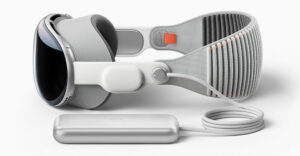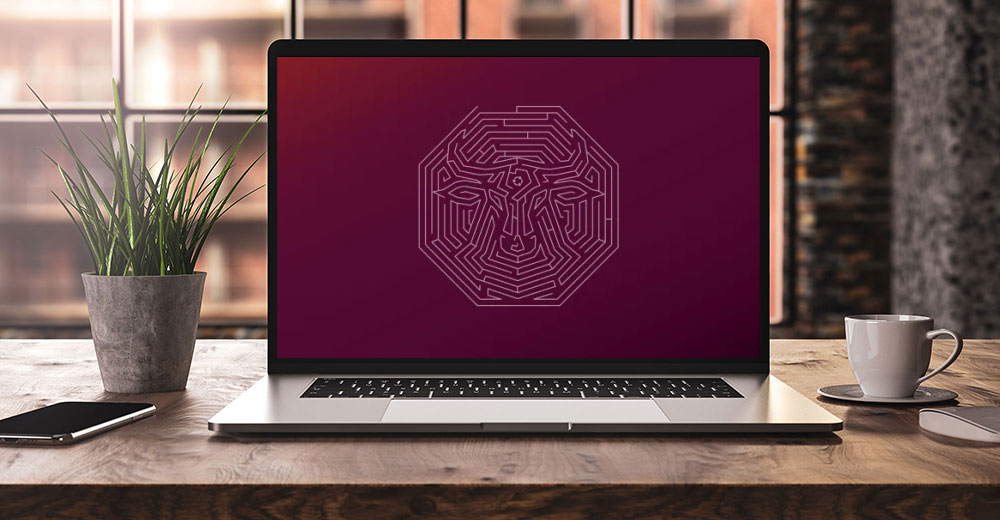As I write this, a growing number of companies have either announced plans to move out of California to a more “friendly” state or have already done so.
However, in this environment where people don’t need to go physically into the office, it is unclear if any California-based workforce must or will move with these companies that are fleeing the Golden State.
I participated in a group analyst event several weeks ago about companies converting their offices into collections of meeting rooms. We couldn’t picture people who have been meeting remotely for so many months suddenly concluding that the long commute to and from the office was worth meeting in person, given they are now okay with using solutions like Webex or Microsoft Teams.
Let’s talk about what the future of the office should be, and we’ll conclude with my product of the week, the Microsoft Surface Pro 7.
The Pandemic
We can’t start this discussion without talking about where we are with the pandemic, which significantly changes where and how we work.
Right now, many of us are anticipating a post-Superbowl pandemic surge here in the United States and the inability to reach crowd immunity before year’s end due to a combination of vaccine supply and logistics issues and some folks refusing to take the immunization. Eighty percent of us must either be vaccinated or have had the virus to get to a level of immunity that would allow us to go back to the old normal.
Also, the virus is mutating at a high rate and may metamorphose around the antiviral products we currently have; potentially lengthening further the need to mitigate the problem. This set of circumstances makes it unlikely that those of us over age 60 will ever be able to go back to the old normal.
More and more companies are altering policies so that increasing numbers of employees never have to come back to the office. Firms that have done work from home well are reporting increases in productivity and an improved ability to attract top talent by getting around the need to relocate (people don’t like to move).
These trends all suggest that most of us will continue to work from home and that company offices will need to be redesigned, not with huddle rooms that still put folks in close physical proximity, but with systems that can better protect employees from viruses.
What we need to prevent most aggressively is the chance that even one infected person can innocently get into the office and, once in, infect a vast number of employees all at once.
The Home Office
Home offices then rise from being a “nice to have” to a critical feature. Where more than one person works from home, the configuration must conform to how the family works.
If the family has kids, there needs to be a provision for oversight to ensure the kids are studying and not screwing around when they are supposed to be doing schoolwork.
Parents with different types of jobs will probably drive each other crazy if forced to work too closely together in the home office. Ensuring the home can accommodate the work needs of both parents without driving each other nuts will help with marriage longevity.
The home office solution needs to be presentable so the room doesn’t detract from the employee’s image. The green screen stuff may eventually evolve so it doesn’t look so artificial. But until it does, having an office space that is neither too flashy (so you never get a raise again) or too ratty (so people lower their impression of you) is critical. You want folks focused on what you are saying, not how you spend money.
You’ll need a strong Internet connection and adequate power. If you’re in an area that is prone to power outages, a backup system so an outage doesn’t put you out of work.
There are tax advantages to fully separating the home office space that should also be considered. Since we’re entering tax season, consult with your tax adviser.
The Company Office
Office buildings need to be rethought entirely.
Cafeterias need to be redesigned to deliver packaged meals that can be delivered to employees to minimize unnecessary interaction. Sensors at all office entry points should be enhanced with scanners that will alert if a staff member is running a fever. Cubicle farms should be eliminated in favor of rooms that separate people completely or into working groups. Air conditioning systems need to be modified to mitigate contagion, and mask policies need to be implemented.
Open-plan offices also need to be reconsidered but could still work as long as social distancing between workers and mask policies are enforced. Space planners need to take into account the changing OSHA rules concerning the pandemic and advances in technology that can mitigate the transfer of pathogens, such as built-in sneeze guards. But the place still needs to be attractive and welcoming; otherwise, productivity will take a hit, and there will likely be issues getting people to come into the place consistently.
Ingress and egress routes need to be thought through to minimize contact and spread. Should someone become symptomatic while at work, there must be a path for their safe and rapid removal from the environment without forcing an evacuation.
In short, rather than focusing on the old goals of employee density and productivity, the new objective is to limit or eliminate pathogen transfer without destroying the collaborative reasons people are likely coming into the office in the first place. Creating the right balance will be anything but easy.
Wrapping Up: Employee Care
I’ve focused on the physical design of offices both at home and at work that will need to change to embrace what is likely to be an extended pandemic response in the office. But HR will also need to step up to the increased need for employee care, as those working from home or in the company’s office will be under a great deal of additional stress.
Those working at home already have work-life balance issues, and those issues could cause adverse job performance and/or behavioral problems. HR will need to instrument employees so that these emerging problems can be mitigated in a timely manner before they escalate to become major issues.
In the end, there is little likelihood we’ll ever go back to the world as it was before the pandemic. So, anticipating and building for a sustaining new standard will have a great deal to do with the long-term performance and viability of your organization. This virus has already killed so many companies. Don’t let it kill yours.

The Surface Pro 7
The Surface Pro, like the Xbox, was created for a problem that never really emerged. For the Xbox, the problem that Microsoft was anticipating was Sony turning the PlayStation into a PC replacement. Microsoft wanted a hedge, but Sony never really made that pivot, and that could have been because it was forced to instead focus on pure gaming play to better compete with the Xbox.
The initial Surface and Surface Pro were created to prevent the replacement of the PC by the iPad. That never really happened either, but that failure could have arguably been because, with the Surface and Surface Pro in the market, the opportunity for a business-oriented iPad was significantly reduced.
These results remind me a bit of Y2K, where we argued that a disaster was coming, worked our butts off to prevent it, and then rather than surmising that we did a good job, instead concluded that the threat wasn’t real. That seems stupid to me, but that’s what happened.
I’m not a huge fan of the Surface Pro 7 design, primarily because although I use tablets for reading and browsing the Web, for me, a 12″ screen is just too big for this use. The 15″ Surface laptop is my favorite design with a decent-sized screen, the coolest product in the Surface Book line, and makes no attempt even to pretend it is a tablet.
However, what frankly annoyed me about the Surface Pro design was its tendency to fall off airplane tables in coach, causing iPad users to laugh at me. It happened on almost every trip, but I’m not flying anymore and generally work off a table-friendly monitor like the Dell U4021QW.
I’ve also found I can fold the screen up, put the kickstand down, and use it like a little desktop computer that takes up less space than a non-tented laptop (and tented laptops, where you invert the product while partially open, look stupid).
The Surface Pro 7 is a surprisingly elegant alternative to a small form factor desktop PC that you can grab and go. In a year or so, when/if I start traveling again, I may change my mind. But for now, for how I work, this design is an excellent alternative to a small desktop computer because I can take it with me and work outside.
It comes in platinum or black (I favor black), and it has the 10th generation Intel Core processor (i3, i5, or i7) in it. The i5 provides a nice balance of price and performance. It also has Wi-Fi 6, which requires a Wi-Fi 6 router if you want the extra performance, but it should work fine on older Wi-Fi 5 routers.
You shouldn’t have battery issues with 10 hours of expected battery life, mainly when working from home. It should outperform a similarly configured Surface Pro 6 by about 40 percent, which is significant.
With the keyboard and the i5 processor, the resulting price is around $1,330 before sales tax (which the state in which I live doesn’t have).
In the end, the Surface Pro 7 may be a better design for many than a traditional laptop, and it looks better to me all the time, so it is my product of the week.























































